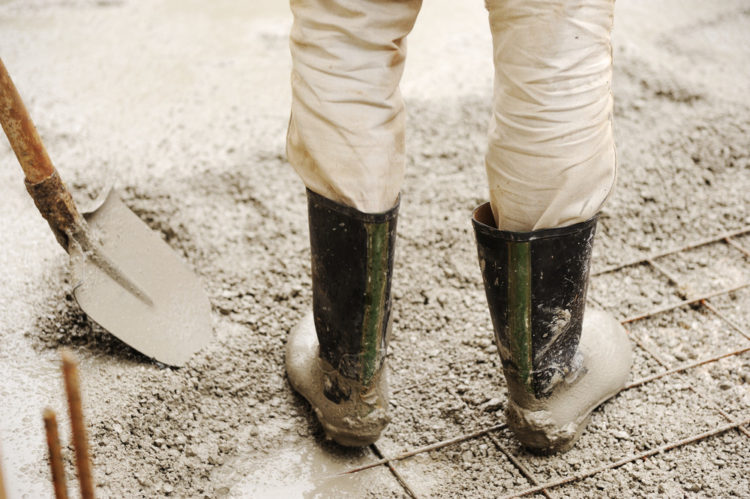Each year, the world makes not less than 7 billion cubic meters of concrete, and most of it is used by contractors and construction companies. As a contractor, you must understand that not all weather conditions are perfect for pouring concrete. Some conditions can prevent the concrete from properly setting. For instance, it is not advisable to pour concrete when it is hot and humid. Also, pouring concrete when it’s too cold can cause it to crack. In general, extreme weather conditions are not good for pouring concrete. Read on to find out more about when you should contact your concrete supplier.
Is There a Preferred Temperature for Pouring Concrete?
The sweet spot for pouring concrete is when you have temperatures above 50 degrees Fahrenheit and less than 75 degrees Fahrenheit. You usually get temperatures in this range during summer. Sometimes you can also get such conditions during the early fall season when it’s milder. You must avoid pouring concrete in July and August when it’s too hot.
Why Should You Avoid Extreme Temperatures?
When you pour concrete in freezing weather, the water will expand, and this can cause cracks in the brand new concrete surface. Apart from that, when the weather is too cold, concrete will set much slower, limiting the strength of the surface. On the other hand, when the weather is too hot, the concrete will set faster at the top than at the bottom. This is not good for the strength of the concrete as it will not form uniform strength from top to bottom. Also, pouring concrete when it’s hot requires a lot of water, resulting in weaker structures.
Best Weather for Concrete Work
Asides from temperature, the weather also plays a part when it comes to pouring concrete. For the concrete to set properly, you need to have about two to three days of dry weather. Even a single day of rain or snow can get in the way and affect the material’s overall strength. Generally, there is a lot of rain in May, so you might want to wait till the weather is dry in June.
Wind also plays a role when pouring concrete. If the wind speed is too high, the water will dry quickly and cause shrinkage and cracks in the concrete. So it is important to check out the wind speeds before you contact your concrete supplier.
Best Months for Pouring Concrete
Considering all the factors listed above, the best months for pouring concrete would be June, September, and early October. During these months, the weather will be mild and dry. Therefore, the concrete will set properly. You can also find out from your concrete supplier which time is best for your particular location.



